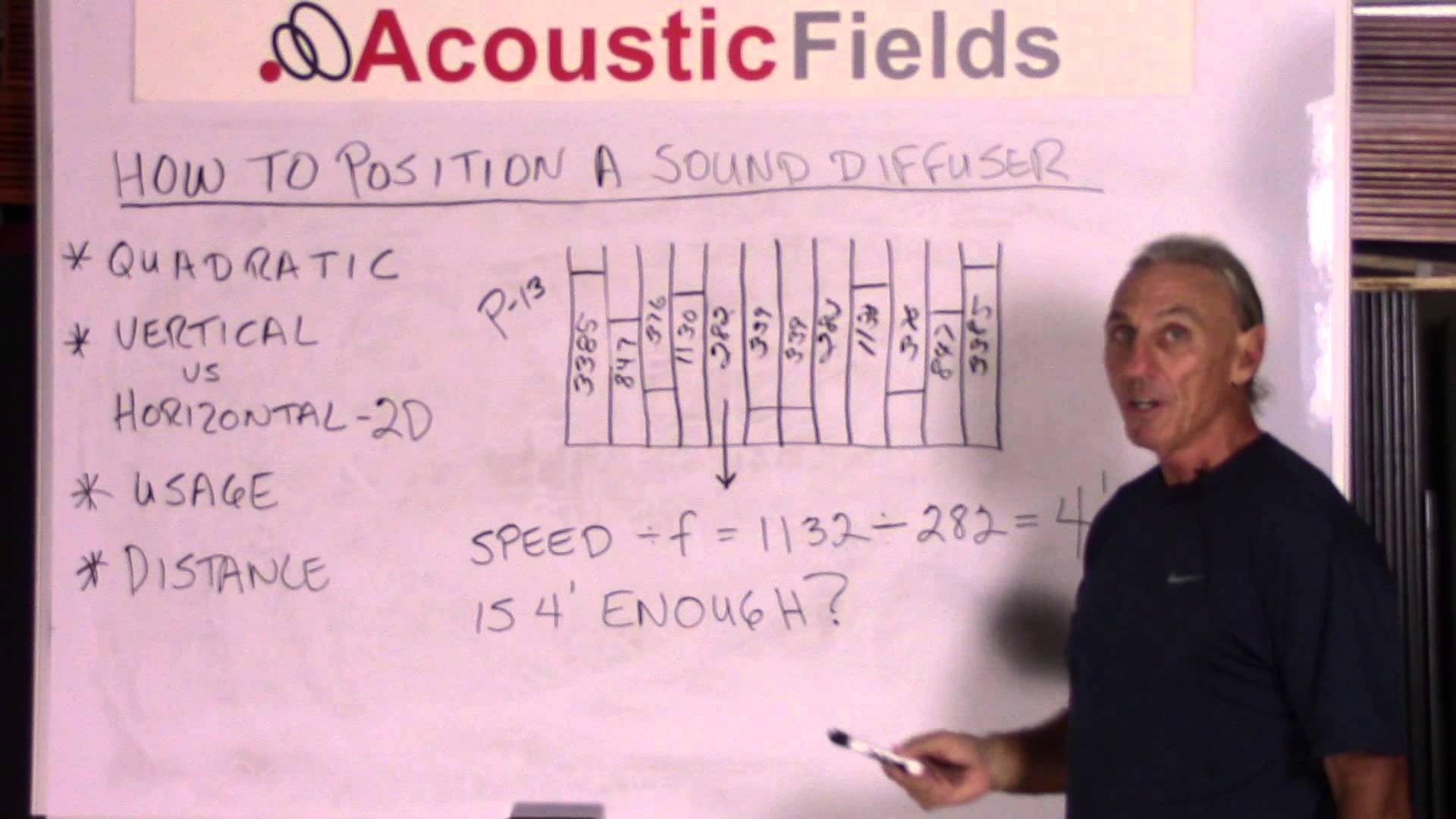MengW
Member
- Joined
- Jun 30, 2022
- Messages
- 63
- Likes
- 44
Hello,
In one local DIY studio video, he said that there are the effective distance range of the diffuser. It's no effective if the distance less than 2 meter from the speaker to the diffuser.
It's the new knowledge and interesting to me.
I tried to search the related information.
1.From this page.

 www.acousticfields.com
Let’s use 250 Hz. as our example. A 250 cycle ray of energy is almost 5′ long. If we divide the speed of sound by the frequency 250, we ~ 4 feet. If the well or trough depth is at a quarter wavelength then we need 12″ of well depth at 250 Hz. With a four feet long ray of energy, we need at least 4′ of distance from the diffuser to the listening position to hear the fill 250 cycles of energy. You actually need twice that distance. You need twice the distance so you achieve two full 4′ oscillations.
www.acousticfields.com
Let’s use 250 Hz. as our example. A 250 cycle ray of energy is almost 5′ long. If we divide the speed of sound by the frequency 250, we ~ 4 feet. If the well or trough depth is at a quarter wavelength then we need 12″ of well depth at 250 Hz. With a four feet long ray of energy, we need at least 4′ of distance from the diffuser to the listening position to hear the fill 250 cycles of energy. You actually need twice that distance. You need twice the distance so you achieve two full 4′ oscillations.
2.The classical video, all about diffusion from Ethan Winer
4:12, diffusers are usually placed at least 6~10 feet away from instrument, mic and listener. aim to make the artifacts too soft to notice.
Is there any research papers or reference materials for the diffuser effective distance?
Thanks a lot.
Meng
In one local DIY studio video, he said that there are the effective distance range of the diffuser. It's no effective if the distance less than 2 meter from the speaker to the diffuser.
It's the new knowledge and interesting to me.
I tried to search the related information.
1.From this page.

Sound Diffuser Placement - How To Position A Sound Diffuser – Acoustic Fields
Today we're going to talk about ideal sound diffuser placement and where to position your sound diffuser for your particular room usage.
2.The classical video, all about diffusion from Ethan Winer
4:12, diffusers are usually placed at least 6~10 feet away from instrument, mic and listener. aim to make the artifacts too soft to notice.
Is there any research papers or reference materials for the diffuser effective distance?
Thanks a lot.
Meng

